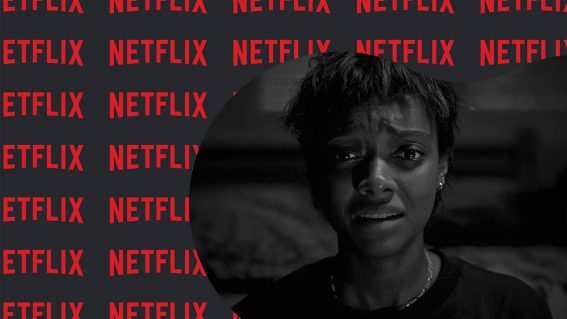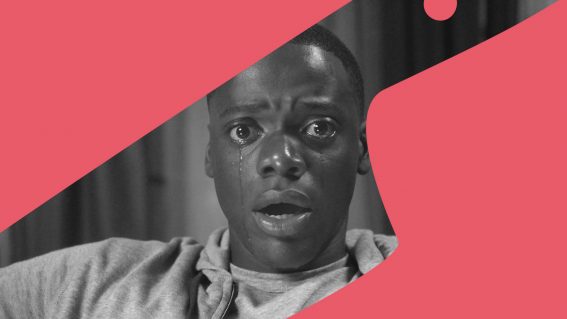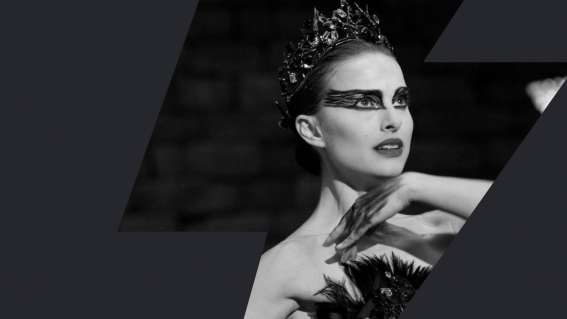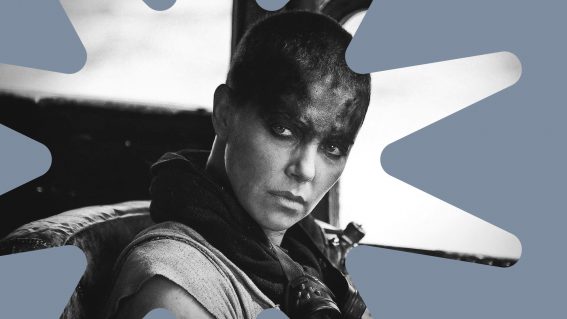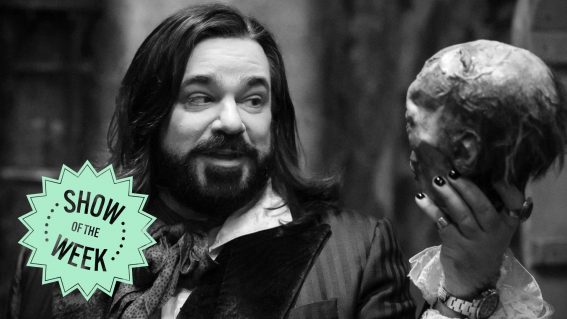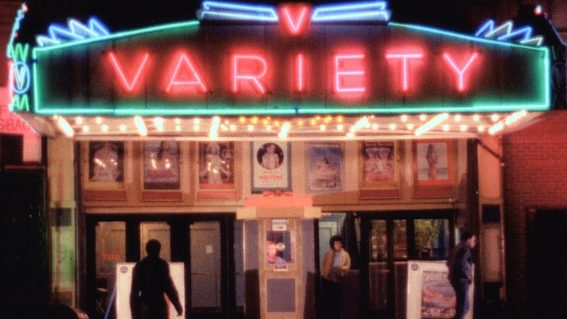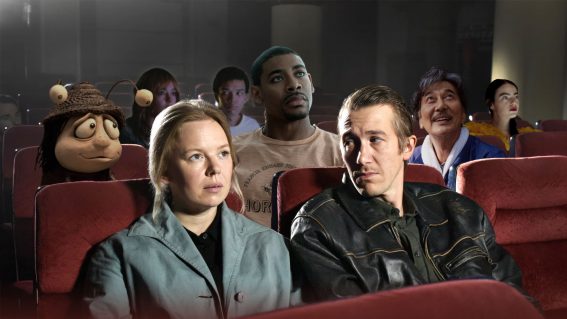Why you need to board the Arcane train right now
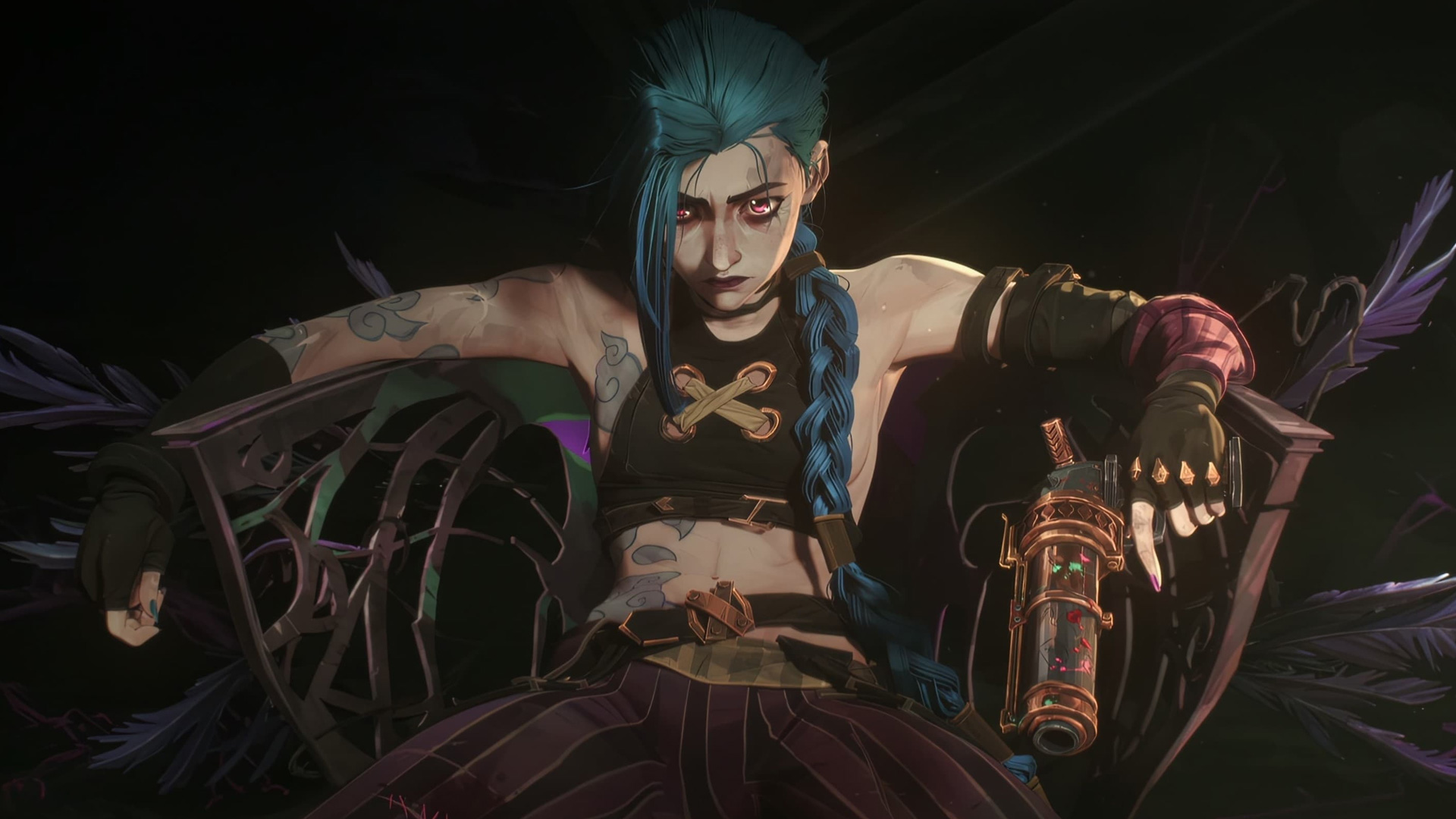
With Arcane: Season 2 almost upon us, Liam Maguren appeals to those still not on the Arcane train to jump aboard right now.
Winner of four Primetime Emmys, including Outstanding Animated Program, the first season of Netflix’s Arcane went above and beyond what we could have expected from a League of Legends adaptation. Those who never played the online multiplayer battle arena game, or even know what an online multiplayer battle arena was, could just as easily be sucked into this gargantuan show’s gravitational pull.
The plot centres on two sisters, Powder and Vi, growing up in the lower district of a fantastical city divided by class. Their people are no strangers to acts of revolution, but when advances in magic-harnessing science threatens an already weak sense of social order, Powder and Vi find themselves as key players in a catastrophic conflict that will shape them in the coming years.
Arcane wasn’t simply considered one of the best animated series out there; it was lauded as one of the best series period, making its way to numerous Best of the Year lists. Those not in the know may be wondering: what’s the fuss all about? In anticipation of Season 2’s premiere (with Netflix releasing three a week), here are three of the biggest reasons to jump aboard the Arcane train right now.
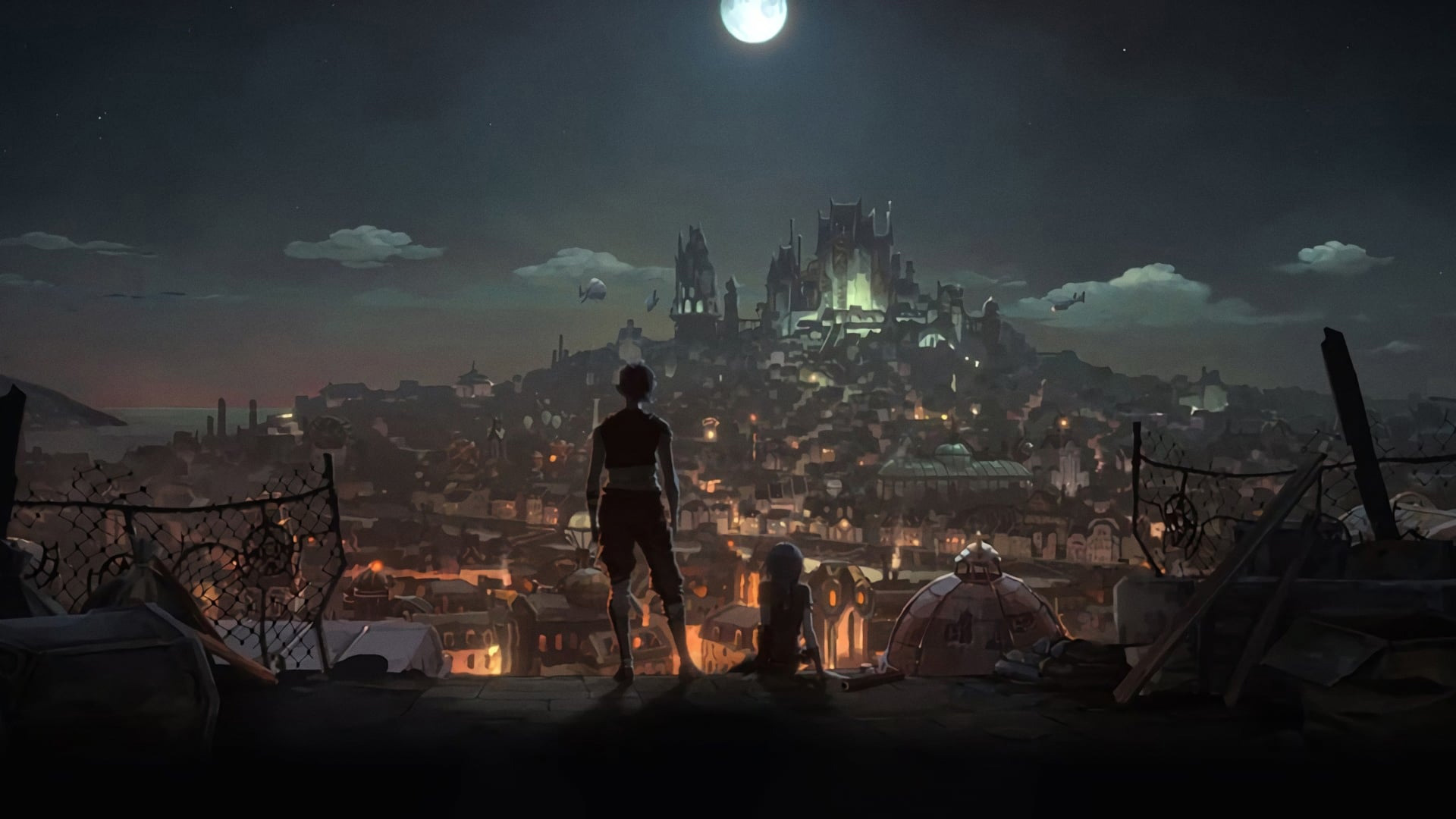
Visually, it’s cinema-worthy
Something that should be immediately evident to everyone is just how stunning this series looks. There are countless video essays on how Riot Games and Fortiche Production blended 2D and 3D elements to achieve the show’s eye-popping style (especially in regard to a masterful understanding of lighting, colour, and parallax). But perhaps what isn’t said enough is how, in a post-Spider-Verse world, season one of Arcane carved its own way through this visual space while so many other animated properties followed the footsteps of Sony’s Oscar-winner.
And then there’s the animated acting, boundlessly expressive and full of nuance. For a story full of societal tension, threaded with a classically tragic tale of a strong sisterhood being torn apart, these performances were vital—and the animators summited that mountain of a challenge. The fact they also orchestrated some gnarly, impressive action sequences feels superhuman.
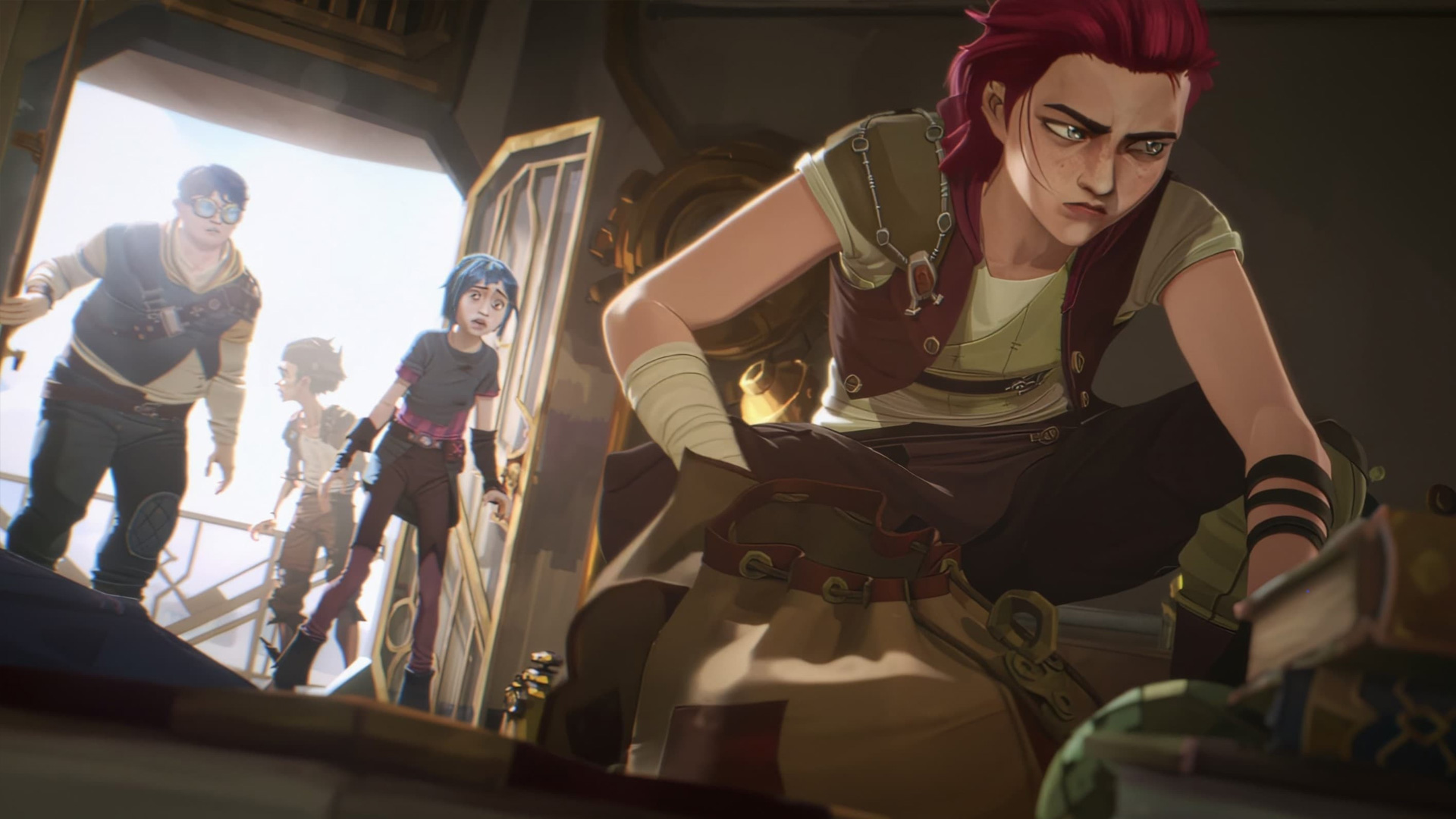
It raised the bar for videogame-to-screen adaptations
Arcane came just before the precipice of the videogame-to-screen revolution. The decades prior were an uninhabitable wasteland of terrible, but these past few years have seen writers and directors seemingly break the videogame curse with gargantuan hits like HBO’s The Last of Us, Illumination’s Super Mario Bros. Movie, Blumhouse’s Five Nights at Freddy’s, and Prime Video’s Fallout (starring Ella Purnell, who also voices Jinx in Arcane). Sure, we’re still getting rubbish like Borderlands, but as a whole, we’ve turned a corner.
Arcane predates those titles by a year or two, running alongside the surprisingly decent Sonic the Hedgehog films to show how a videogame franchise can thrive as a screen property. Proving it had the characters, the setting, and the lore to sustain a series, Arcane made its world accessible far beyond the League loyalists.
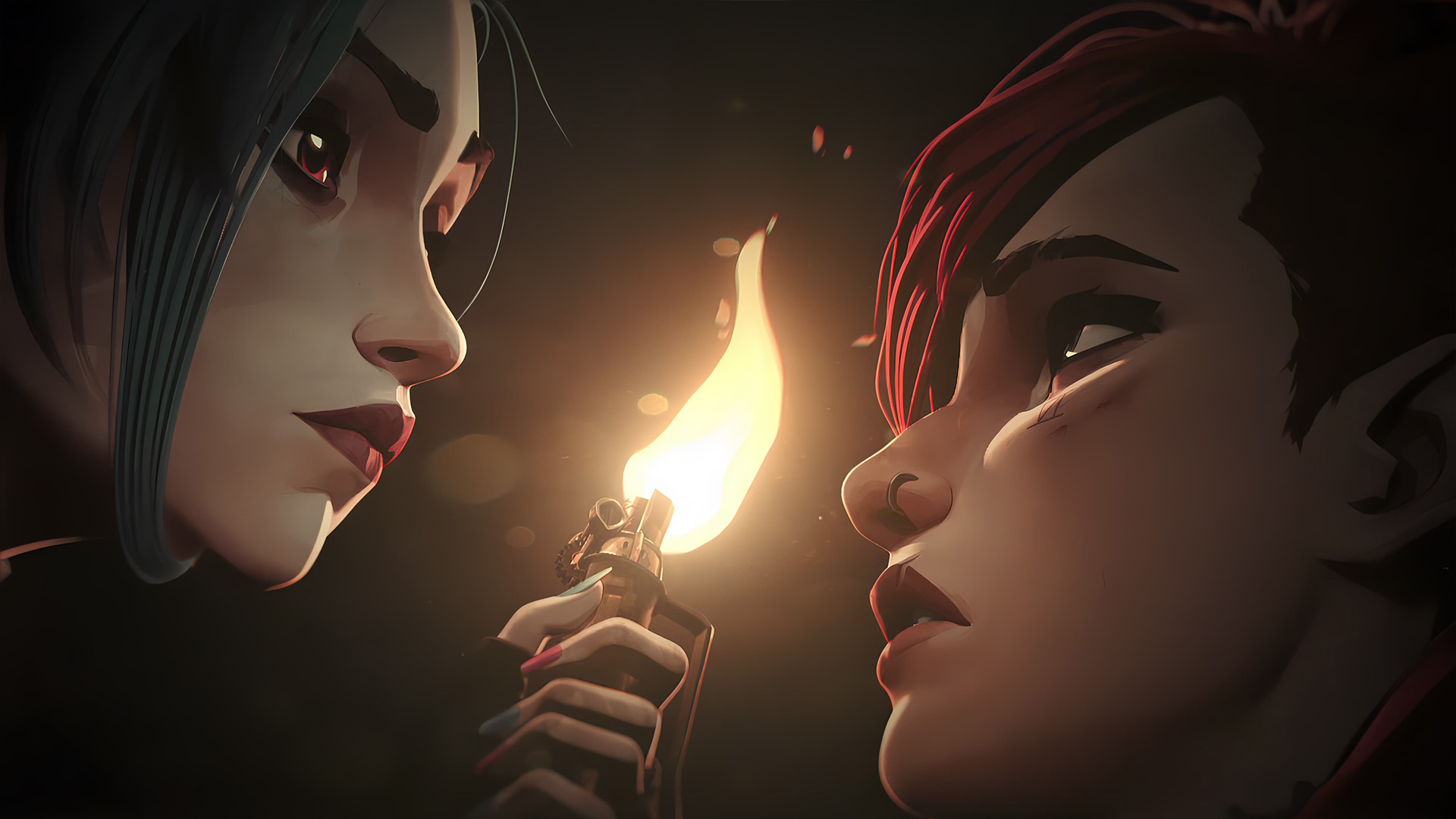
The story makes no compromises
You wouldn’t think a show with air ships, magic spells, giant robo-fists, and little furry professor men would lean so heavily on a politically complex storyline. But that’s largely what makes Arcane incredibly engaging. By indulging in a singular world that borders the realms of both sci-fi and fantasy, the season one found a wholly original approach to themes surrounding societal inequality, technological irresponsibility, and the knotty nature of progress.
And much like Game of Thrones, Arcane’s willingness to kill off important characters without warning raised the stakes dramatically. Any move our leads made felt dangerous. All attachments could be temporary. You absorbed the emotional weight of a city close to collapse. And you got a lot of “I can’t believe they did that!” moments.
Season one of Arcane made the kind of moves that felt atypical of a standard series template. The plot doesn’t seem like it’d been hammered and stretched to fit a predetermined format; rather, it felt like the showrunners chose nine 40ish-minute episodes to best tell their story.
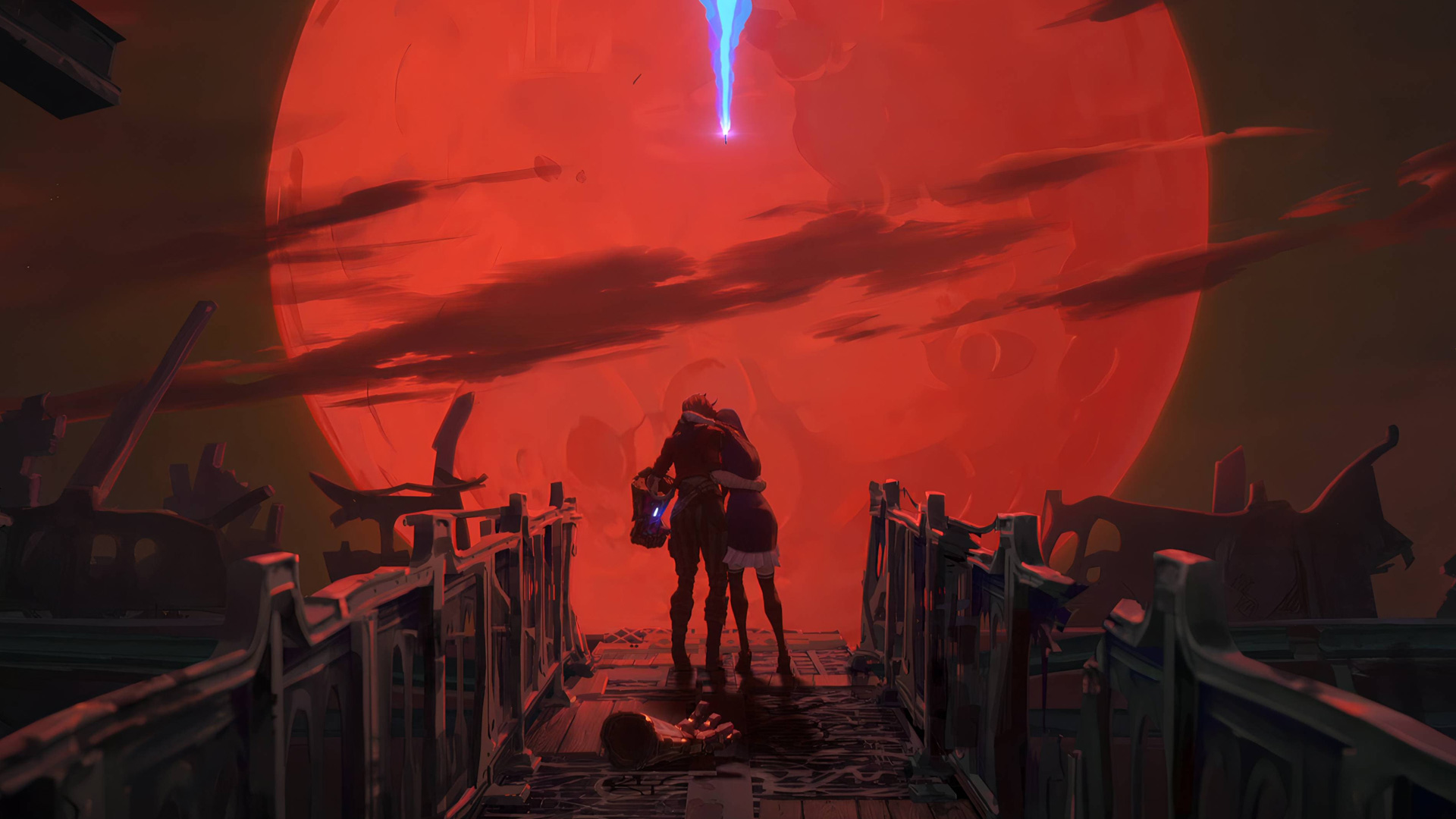
It’s taken three whole years for season 2 to arrive. While part of that is undoubtedly due to the technical heft required to pull off an animated series of this calibre, it’s equally likely that the story needed the time to be fine-tuned (especially with that first season cliffhanger).
The fact that Arcane’s second season is also reportedly its final heavily reflects a kind of storytelling confidence that feels increasingly rare in this current age of streaming. It’s also a massive reason to get on the Arcane train, while the hype is sky-high.





